When Dell COO Jeffrey Clarke told investors that approximately 500 million computers are avoiding the Windows 11 transition, he wasn't just sharing quarterly numbers—he was documenting what might be the most significant operating system adoption crisis Microsoft has faced in decades. With Windows 10 support ending in less than a year and roughly half the PC market still resistant to change, we're witnessing a fundamental shift in how enterprises and users respond to forced technology transitions.
The numbers Dell shared during their Q3 earnings call reveal a fascinating dichotomy in the resistance patterns. Clarke noted that while 500 million PCs can't run Windows 11 due to hardware limitations, an equal number didn't need an upgrade to handle Microsoft's latest desktop OS but simply haven't made the switch. This split represents a paradigm shift from previous Windows transitions, where hardware limitations were typically the primary barrier. Now, we're seeing active user choice and organizational hesitation carrying equal weight in the resistance equation—suggesting Microsoft's traditional approach of using technical requirements to drive adoption may be losing its effectiveness.
The broader market data reinforces this resistance trend. Windows 11 holds just 49.08% of worldwide usage as of August 2025, while Windows 10 maintains a substantial 45.53% market share. More telling is the adoption velocity: Windows 10 commanded nearly 65% of the market in July 2024, meaning the transition rate has been significantly slower than Microsoft's revenue model likely anticipated. This gradual adoption pace suggests enterprises are prioritizing operational stability over Microsoft's upgrade timeline, fundamentally altering the power dynamic in enterprise software decisions.
Why half a billion PCs are stuck in limbo
The hardware compatibility landscape creates a complex decision matrix for organizations rather than clear upgrade paths. Research shows that only 57.26% of existing machines meet the CPU requirements for Windows 11, while about 74.80% feature the required TPM 2.0 capability. This partial compatibility creates what IT departments are calling "upgrade limbo"—where organizations must invest in piecemeal hardware updates rather than following predictable refresh cycles, disrupting long-established budget planning and procurement processes.
For enterprises operating on strict hardware refresh cycles, this partial compatibility becomes a strategic planning nightmare. When you're managing thousands of devices across multiple locations and discover that 60% meet some requirements while 75% meet others, you're forced into complex cost-benefit analyses that most IT budgets weren't designed to handle. This forces organizations to choose between expensive mid-cycle hardware replacements or accepting the operational risks of delayed migration.
But Dell's most revealing insight concerns the 500 million devices that don't require hardware upgrades but still haven't made the switch. This resistance pattern indicates a fundamental shift in enterprise technology adoption behavior. Unlike previous Windows transitions driven by obvious performance improvements or compelling new features, Windows 11 faces what organizational psychologists call "change fatigue"—where businesses and users resist transitions that don't offer clear operational advantages over existing, stable systems.
The enterprise hesitation factor
When you examine corporate adoption patterns, the resistance reveals deeper organizational concerns about business continuity and risk management. Application and software business compatibility was the top challenge for nearly half (47%) of the IT decision-makers surveyed. This isn't just about technical functionality—it reflects enterprises' evolved approach to technology risk, where operational disruption costs are weighed more heavily than potential security benefits.
The financial implications create what economists call a "double-bind scenario" for organizations. 66% expect increased expenses if migration is delayed past October 2025, while immediate migration carries substantial operational risks. To quantify this dilemma: for a company with 1,000 devices, the estimated Extended Security Updates cost alone would exceed £340,000. These costs represent more than budget line items—they're strategic investments that must compete with other business priorities in an increasingly cost-conscious corporate environment.
The migration methodology data reveals how organizations are adapting to this uncertainty. Every organization surveyed (99.5%) said they are taking a staggered approach to migration, with device migrations managed via a combination of remote upgrades (46%) and in-person upgrades (54%). This universal adoption of staggered approaches indicates that organizations have learned from previous technology transitions, prioritizing risk mitigation over speed—a significant evolution in enterprise technology management philosophy.
What Microsoft's response tells us
Microsoft's strategy reveals how software giants are adapting their business models when traditional forced-upgrade approaches meet organized resistance. The company has ramped up pricing for Extended Security Updates for users who haven't switched past October 2025, essentially creating a financial penalty system for non-compliance. The Extended Security Updates program is available in one-year increments until October 2028, with costs doubling annually—a pricing model designed to make long-term resistance financially unsustainable while providing organizations with tactical flexibility.
Simultaneously, Microsoft has shown strategic flexibility by addressing user experience concerns that contribute to adoption resistance. The company's announcement to preload the File Explorer application in the background to eliminate launch delays, with the fix currently in testing and expected for full rollout in early 2026, represents a dual-track approach: financial pressure combined with genuine performance improvements. This suggests Microsoft recognizes that coercion alone won't resolve adoption resistance—they need to address legitimate user experience concerns while maintaining financial incentives for migration.
Microsoft's internal experience provides insights into what's possible with unlimited resources and expertise. The company published a case study about upgrading 190,000 devices to Windows 11 in five weeks, demonstrating that large-scale rapid migration is technically feasible. However, Microsoft's advantages—including complete product knowledge, unlimited technical support, and flexible budget constraints—make their experience more of a proof-of-concept than a replicable business case for most organizations. The gap between Microsoft's internal capabilities and typical enterprise resources highlights why adoption resistance persists despite technical feasibility.
The security implications of standing still
The cybersecurity argument for upgrading becomes more urgent daily, though it also represents the most complex risk calculation organizations face. File-less malware that targets system memory now comprises 75% of attacks, and cyberattacks occur every 39 seconds. These statistics aren't just technical warnings—they represent evolving threat landscapes that older security frameworks struggle to address, making the Windows 11 migration as much about future-proofing against unknown threats as addressing current vulnerabilities.
The timeline creates what security professionals call "countdown pressure." Windows 10 support ends on October 14, 2025, after which devices will no longer receive monthly security patches or technical support. The organizational response data is striking: 94% of organizations that don't migrate to Windows 11 and avoid investing in Extended Security Updates are concerned about increased vulnerability to ransomware and malware.
For critical infrastructure organizations—including utilities, power companies, and organizations in critical national infrastructure—the security implications extend far beyond immediate operational concerns. These organizations face regulatory scrutiny, potential national security implications, and cascading infrastructure risks that make unsupported systems not just business risks but potential threats to public safety and economic stability. This creates a separate category of organizational pressure where migration decisions intersect with broader societal responsibilities.
Where do we go from here?
The current situation suggests we're evolving toward a multi-tiered computing ecosystem where organizations follow dramatically different technology adoption strategies based on risk tolerance, financial capacity, and operational requirements. Dell's prediction that PC sales will remain "roughly flat" despite the forced upgrade cycle indicates that even hardware manufacturers have recalibrated their expectations, recognizing that traditional technology replacement cycles no longer drive predictable market demand.
Organizations are crystallizing into distinct strategic camps: early adopters who prioritize security and feature access, strategic delayers who pay for extended support while planning careful migrations, and calculated risk-takers who operate unsupported systems while developing alternative strategies. Each approach reflects different organizational philosophies about technology risk, financial management, and operational continuity.
The industry implications extend beyond individual organizational decisions. Dell and HP executives said that the PC upgrade cycle to Windows 11 was still ongoing, and would continue through 2026, suggesting that hardware manufacturers and software companies are adapting to extended transition timelines as the new normal rather than exceptional circumstances. This represents a fundamental shift in how the technology industry plans product lifecycles and revenue projections.
As we approach the October 2025 deadline, the question has evolved beyond whether organizations will eventually upgrade—Microsoft's financial architecture makes that inevitable for most businesses. The more significant question is how this resistance pattern will influence future software development and deployment strategies. For the 500 million computers still weighing their options, the next few months will determine not just their individual computing futures, but help establish new precedents for how enterprises and software companies negotiate the balance between innovation pressure and operational stability in an increasingly complex technology landscape.







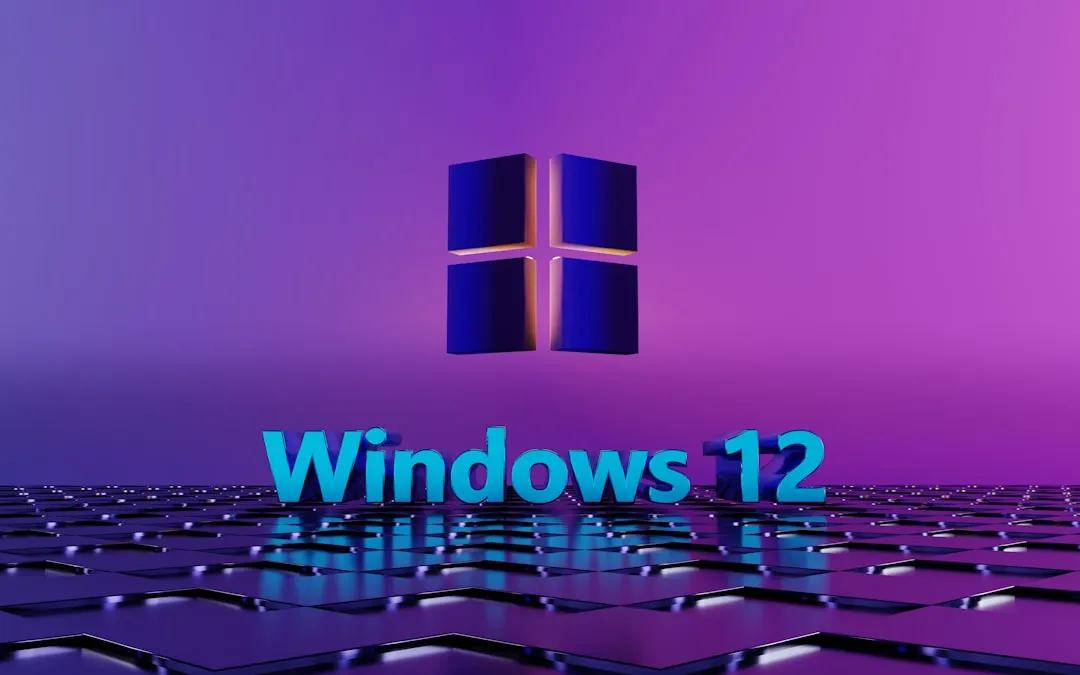
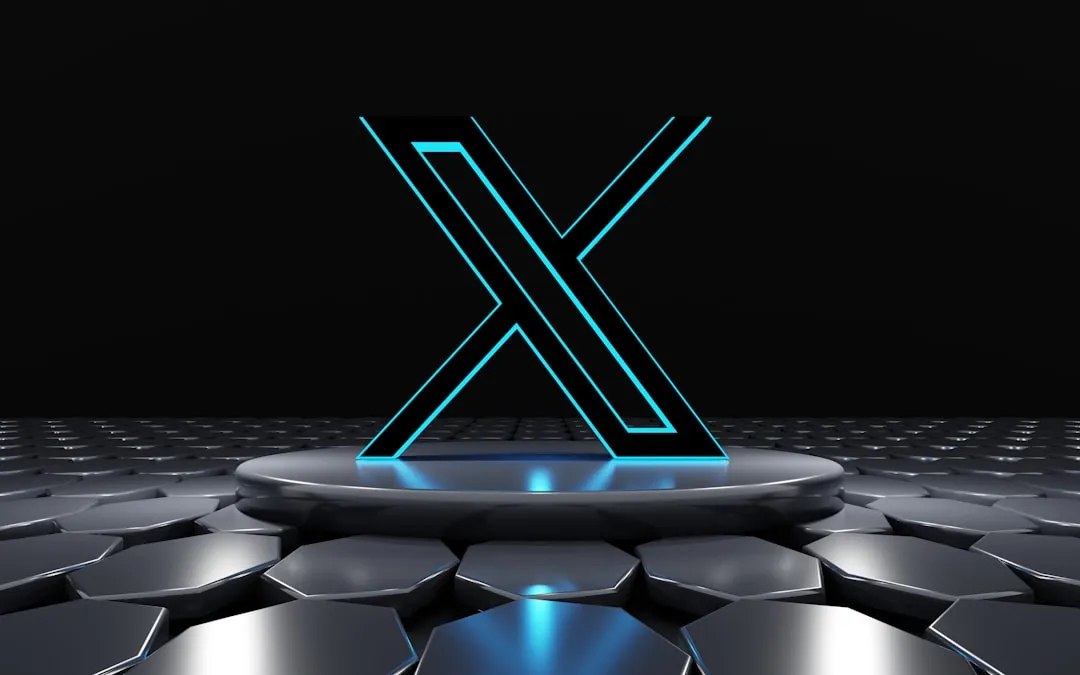


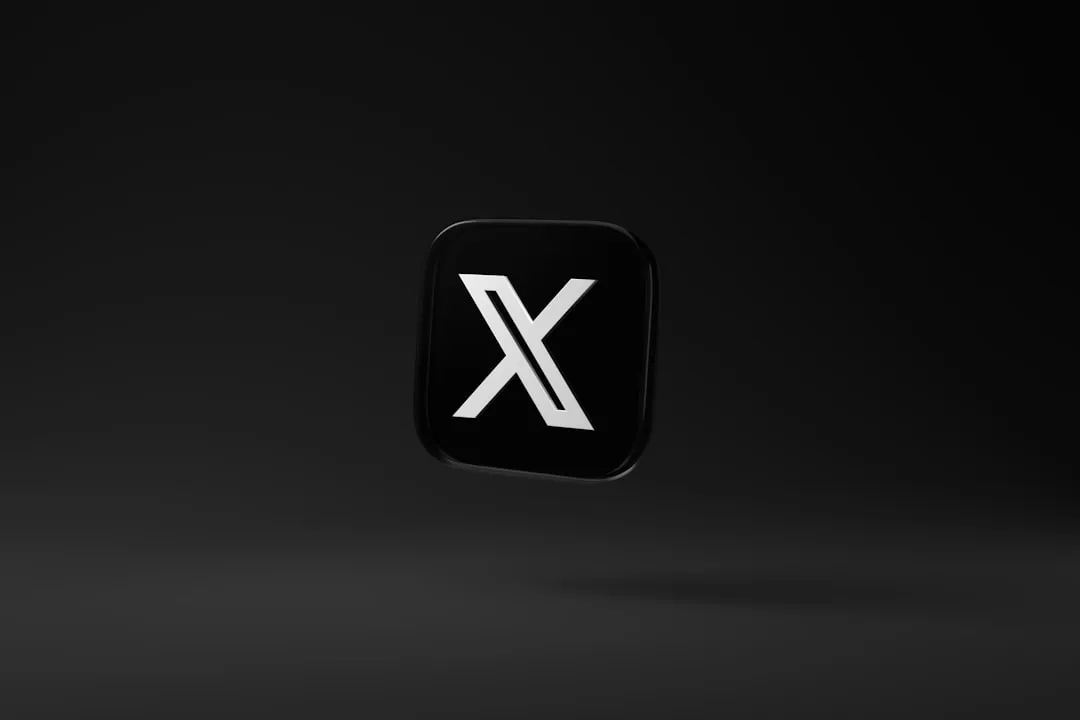










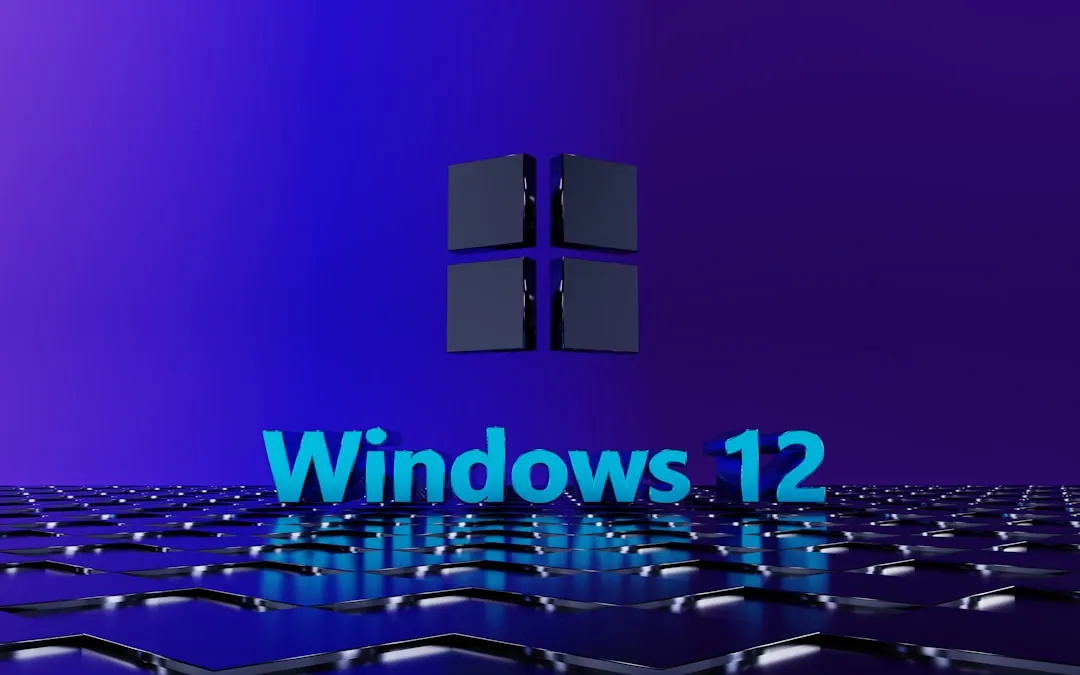
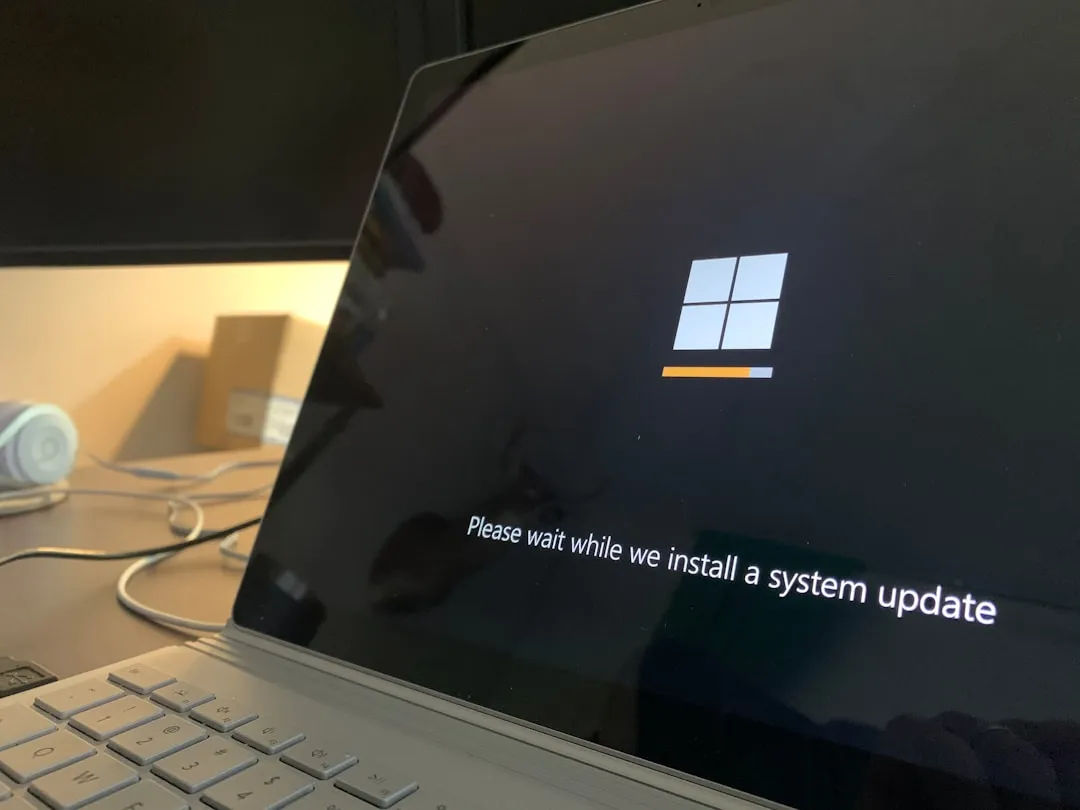
Comments
Be the first, drop a comment!